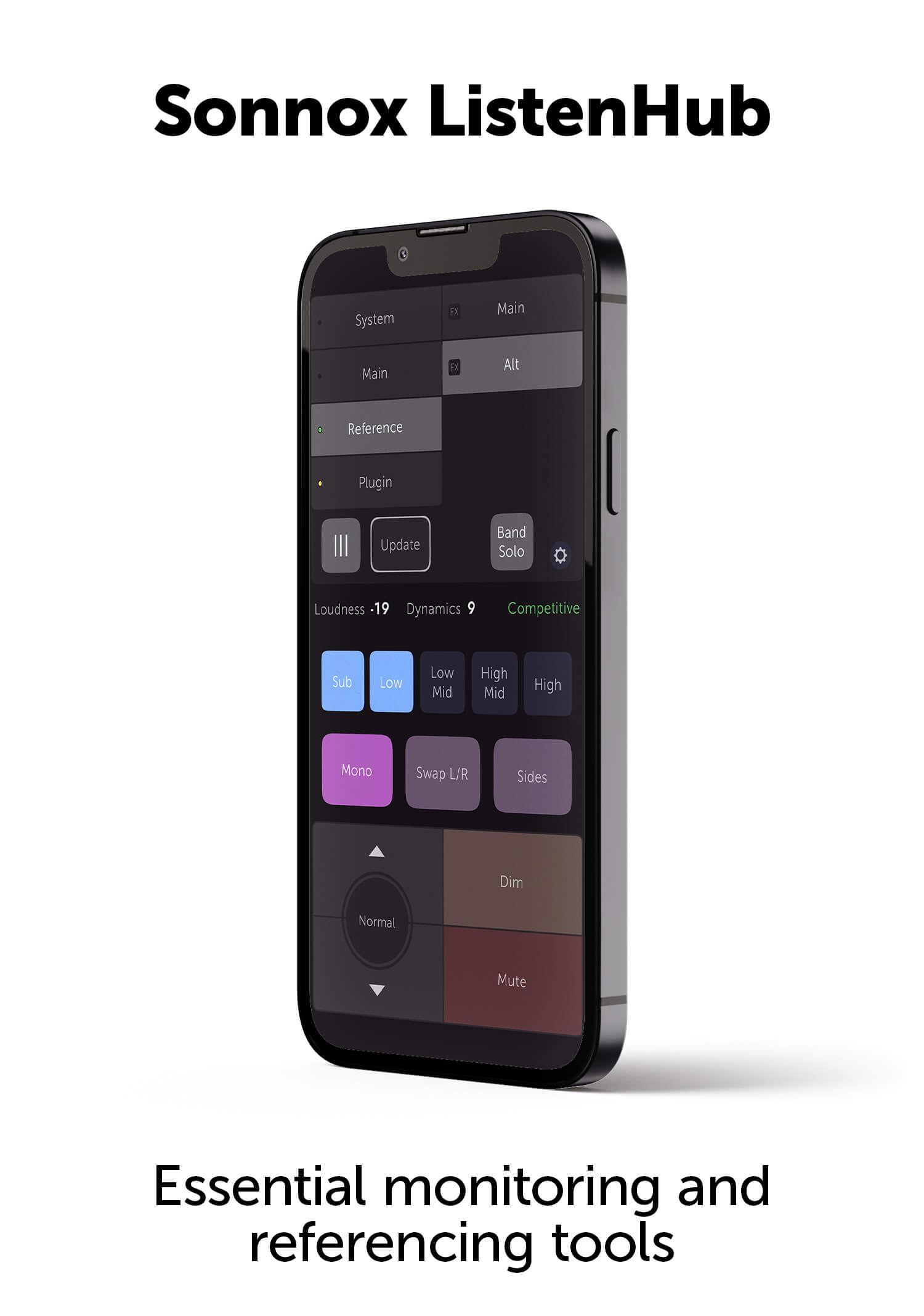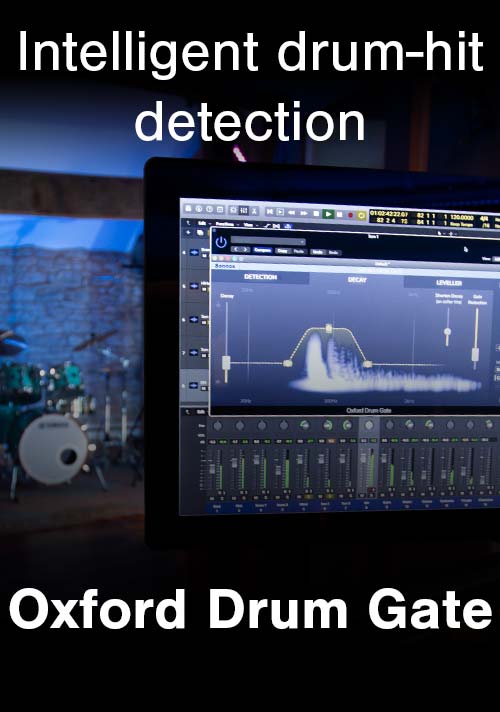Not All EQs Are Equal
In my tribulations to get the best possible sound in the fastest possible way, I found that the Sonnox Oxford EQ pretty much won all shootouts I ever did.
Reaching for the same EQ over and over again lets you develop a certain familiarity with it and find new tricks and ways to coax even more juice out of it. I think that what makes the Oxford EQ exceptional is not only the sound but also the functionality and layout. I'd like to focus on a few things that we all tend to forget in the heat of battle and that are nonetheless crucial.
Rumble in the basement.
For example: Who takes the time to check the very bottom frequencies of every recording they make? Not me for sure. I probably should because I work in a basement in New York City with the F train running about a block away. Now, I cannot hear the rumble but my Soundelux 251 condenser mic can, and I randomly have low rumble on everything I record. What is the big deal if I can't hear it, will you ask? Well, it adds up.
Compressors don't care where the energy they are compressing sits in the spectrum. They compress 20Hz like they compress 200Hz. It is a lot harder for a compressor to do a good job on a vocal when there is garbage at 20Hz down, confusing the side-chain into over compressing the vocal for no good reason.
Also if you have been wondering why you can never get your track to sound as punchy and in your face as your neighbor's or favorite mixer's, start investigating the bottom of your tracks. You'll find that trying to squeeze energy out of a mix that has garbage down around 10 to 30 Hz on a majority of track is an uphill battle.
The solution is filtering tracks in a smart way. I almost always have a Sonnox Oxford EQ Filter or an Oxford 5-band + Filter plug-in inserted on my first slot on every acoustic track in my mixes. In fact it's the only automatic move I have. I insert a bunch of Oxford EQ filters on the first insert slot on my mixes by default. There is a lot to be said about a filtered up vocal track and its ability to respond to compression better and even to further EQ.
Subways aren't the only source of low rumble, there's also air conditioners, low end leakage from the control room, computer fans and your kids stomping on the upstairs floor. The Oxford EQ filter with its selectable curves is also great at shaping the lower end of the spectrum for all sorts of instruments because it's very transparent sounding and let's me choose just where, and precisely how much of the low end I want to cut out.
Cut not boost.
Cleaning up a low end 'mask' is always a more natural sounding way to open up a muddy recording than boosting highs. (No matter how good your boosting EQ is). These findings have lead me to always start the process by removing stuff I don't like from my signal, rather than boosting the stuff I miss. It is pretty amazing to hear how different the high end of a lead vocal can sound once it's hi-passed and the mud around 180 Hz and 320 Hz has gone. The 'missing' stuff often magically appears out of the blue. Yet we all instinctively reach for the 10Khz band when we hear a muffled track. Isn't that amazing? I can boost all the 10K I want on a muddy vocal, it'll sound great in solo but will never sit in the track. That's the key. Mixing is like solving a picture puzzle, we are carving the pieces in real time to make it all fit, before we have the final picture. It's tricky.
It's all about carving.
I usually use a Type 2 curve on the Oxford EQ for this purpose. Type 2 is the narrowest cut curve, allowing me to be as surgical as I like (or not) without compromising the integrity of the signal. My default setting for vocals, my starting point if you will, is an Oxford 5-band + filter set to type 2. Filter set to 36dB/octave with the frequency sitting around 100Hz. The Low band is set to shelving sitting around 400hz, so I can tilt the bottom down for over-close-miked tracks (a lot of my vocal tracks). The Low Mids are sitting around 160Hz, for I have an innate dislike and distrust of that frequency range (OCD, don't mind me, your mileage will vary). The Mid is set around 480Hz ready to deal with 'nose' issues. The Hi-Mid is permanently set at 2.8K to take care of the bad-digital-recording-screechness and the Hi is set to shelf at 10k, to compensate for the rampant overuse of the 10K boost eq on many preamps.
Now as I said, these are just starting points, the frequencies change a lot depending on the key of the song, the singer, the mike, the weather, the desired target color, the political climate, etc, etc...
As always your best friends are your ears and the bypass button. Always, always compare your material with and without EQ - listening to the EQ'd track in the mix (level matched too) - to make sure that you're actually enhancing the sound as opposed to destroying it.
Next time we'll talk about bass drums and life in the low lane.
Fab - French born, currently residing in NYC - has been playing, writing, producing and mixing music in studios all over the world, from Paris to New York and Brussels to Boston. Recently, at his studio in the East Village of Manhattan, Fab has worked on records for Jennifer Lopez, Mark Ronson, Isaac Hayes and Toots and the Maytals to name but a few. He has also worked on soundtracks for feature films like 'The Rundown' and Washington Heights, as well as writing commercial scores for Apple Computer, Motorola, and Johnson & Johnson.




